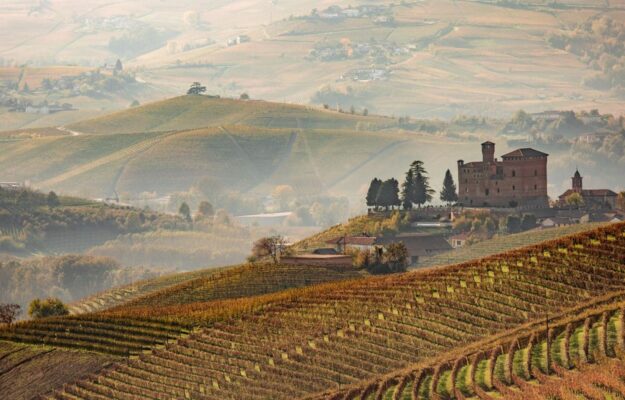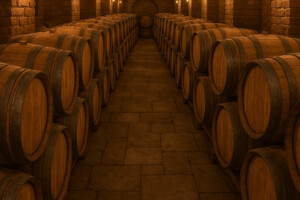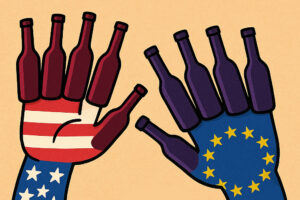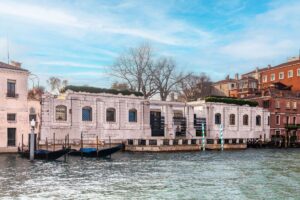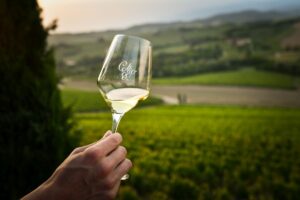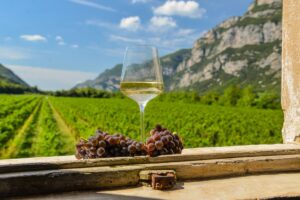The Consortium for the protection of Barolo Barbaresco Alba Langhe and Dogliani has proposed changes to the Barolo and Barbaresco specifications that (as it approaches the “Grandi Langhe” event, on 29 and 30 January, in Turin), according to some media, would have triggered a “brawl”, which Matteo Ascheri, head of the Consortium, has denied. The proposals include: bottling permitted only in the territory; reciprocity between the Barolo and Barbaresco areas; lifting the ban on planting Nebbiolo vineyards suitable for Barolo or Barbaresco on the hilly slopes with Northern exposure (but not increasing the hectares currently provided in the vineyard Register of the two denominations); adding municipal mentions also for Barbaresco, as Barolo already has them, and the possibility to use bottles larger than 6 liters for commercial purposes, and not just promotional ones.
“The Barolo Barbaresco Alba Langhe and Dogliani Protection Consortium has recently presented to its production world various proposals modifying the Barolo and Barbaresco specifications, which have been approved by the Board of Directors. The Consortium is asking for the opinions on the matter and to discuss the ideas of the producers, who are the sole collective owners of the final decisions on the Barolo and Barbaresco specifications that the Consortium protects. Furthermore, only the producers will be able to make decisions on these points of change, through the tools the law makes available to them; that is, collecting signatures: 66% of the total surface area of the vineyards subject to the production declaration and 51% of the production bottled in the last two years”, the Consortium explained.
The changes to the specifications presented can be summarized as follows. The first modification is related to “the limitation of the bottling area for Barolo and Barbaresco (which by law must coincide with the winemaking area). This is the most urgent measure, because it is necessary precisely for the protection of the denominations, from a technical and commercial point of view. The specifications were drawn up in the 1960s”, the Consortium explained, and “did not place limitations on bottling, like the vast majority of Italian denominations, as it was unthinkable at the time to transport wine long distances. Now, instead, this possibility is hypothetically allowed worldwide. The Consortium would like to point out that this is the only measure, due to its importance, which has connotations of urgency and necessity”.
The next change, partially connected to the first, is related to “the interchangeability and reciprocity between the two areas - Barolo and Barbaresco - for winemaking and bottling. If the modification is approved, it would allow Barolo to be vinified and bottled in the Barbaresco production area, and Barolo to be vinified and bottled in the Barbaresco production area, excluding the territories located on the left part of the Tanaro River. We would like to emphasize”, the Consortium added, “that the production area of the grapes remains unchanged for the two denominations, as provided since 1966”. Another proposal takes into consideration, as mentioned above, “eliminating the ban on planting Nebbiolo vineyards suitable for Barolo or Barbaresco on the hilly slopes exposed to the North. Based on the climatic conditions we are experiencing, and to properly deal with their effects, this modification was proposed”, the Barolo Consortium commented, “to begin to hypothesize solutions and adaptations to problems that are there for all to see. We would like to point out that the area planted with vines in Barolo and Barbaresco is currently limited by tenders, which regulate registration to the denomination. Therefore, having the possibility to eliminate the ban excluding the Northern side will not in any way imply an increase in this area, but it will provide just one more agronomic possibility for producers”.
Then, adding municipal mentions for the Barbaresco denomination was proposed. “Unlike Barolo, the Barbaresco denomination does not provide for this, and consequently, we will request introducing it to be the same as Barolo”. And lastly, the proposal to allow using formats larger than 6 liters for trade. “Right now, adopting formats larger than 6 liters is permitted only for promotional purposes, through Ministerial authorization, exempt from stamps and only free of charge. The change would allow producers to use higher capacity formats, up to 18 liters, also for sales, the same as packaged wines stored in containers up to 6 liters”. These, then, are the proposals put forth by the Consortium, on which the producers will have to express their opinions and vote.
Copyright © 2000/2025
Contatti: info@winenews.it
Seguici anche su Twitter: @WineNewsIt
Seguici anche su Facebook: @winenewsit
Questo articolo è tratto dall'archivio di WineNews - Tutti i diritti riservati - Copyright © 2000/2025










